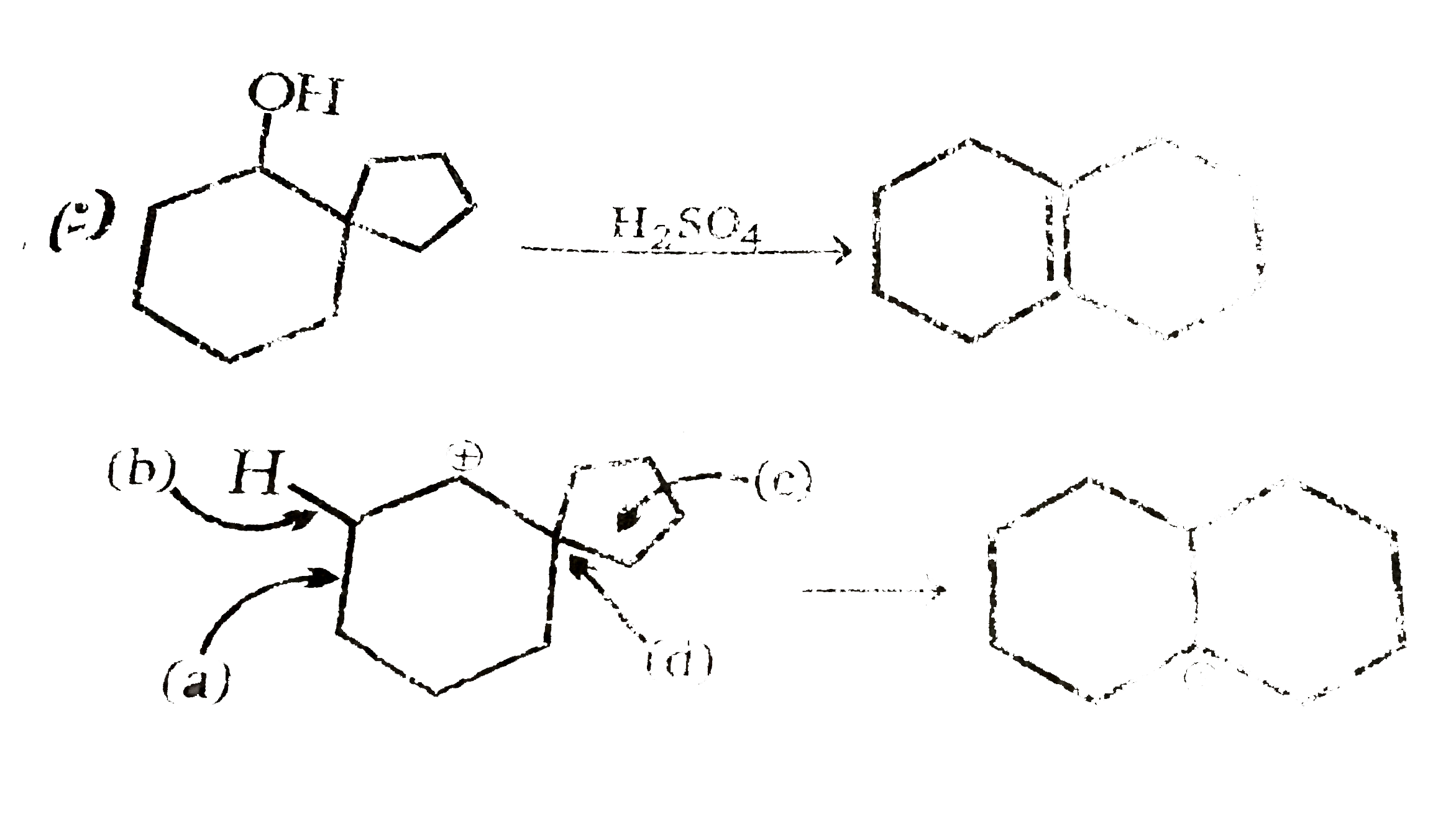The following transformation involves a carbocation rearrangement. The carbocation is generated by potonation of the hydroxyl group by the lose of water. Which bond has to migrate in the carbocation to yield the product indicated (after the deprotonation) ?
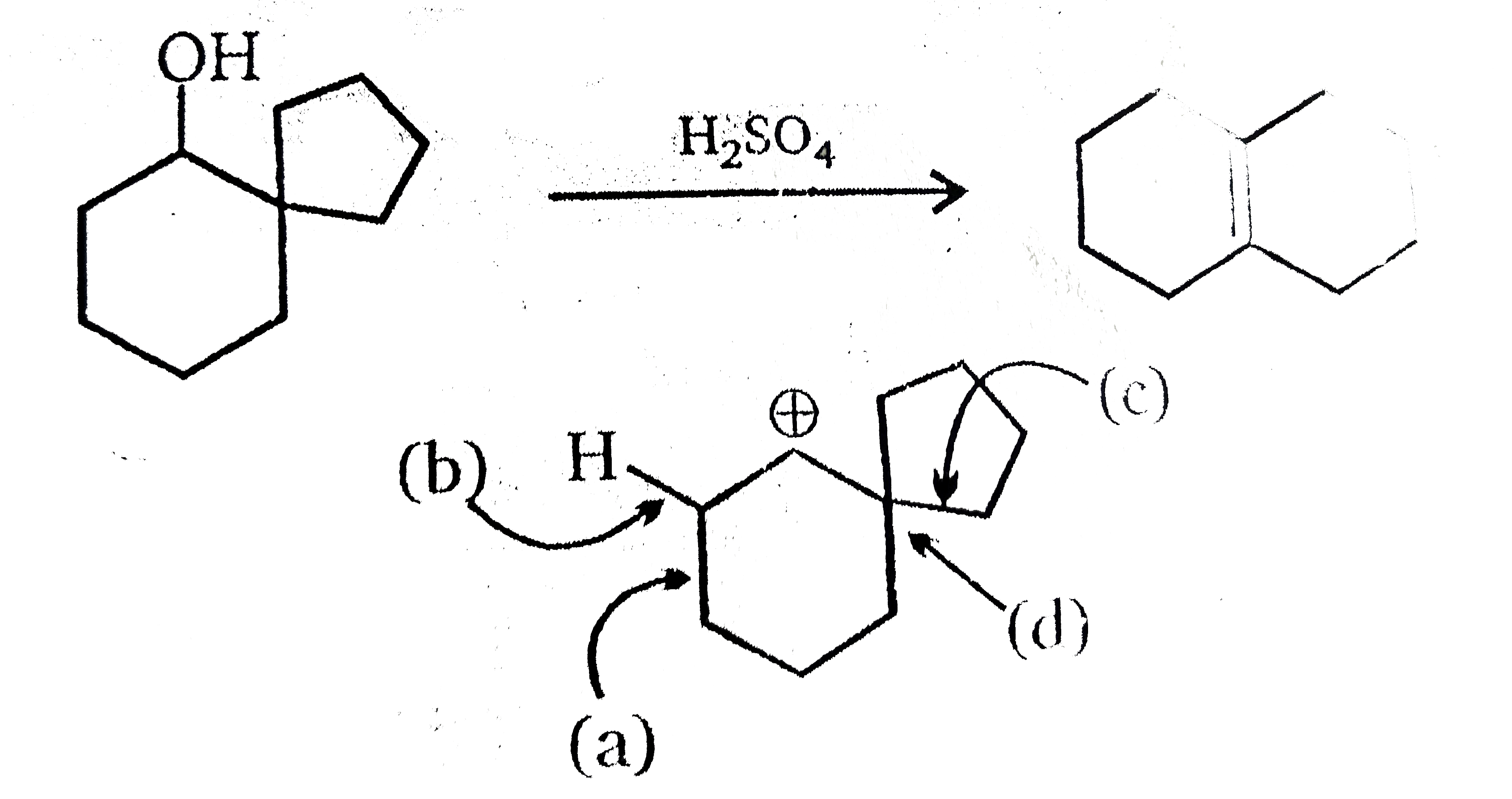
a
b
c
d
The correct Answer is:C
Topper's Solved these Questions
- BOOK - MS CHOUHANCHAPTER - ALCOHOL, ETHERS AND EPOXIDESEXERCISE - Level 1 (Q.1 To Q.30)1videos
ALCOHOL, ETHERS AND EPOXIDES
- BOOK - MS CHOUHANCHAPTER - ALCOHOL, ETHERS AND EPOXIDESEXERCISE - Level 23videos
ALCOHOL, ETHERS AND EPOXIDES
- BOOK - MS CHOUHANCHAPTER - ALCOHOLS AND ETHERSEXERCISE - ADDITIONAL OBJECTIVE QUESTIONS (Matrix Match Type )3videos
ALCOHOLS AND ETHERS
Similar Questions
Knowledge Check
- Question 1 - Select One
How many 1,2-shifts are involved in the following rearrangement of carbocation?
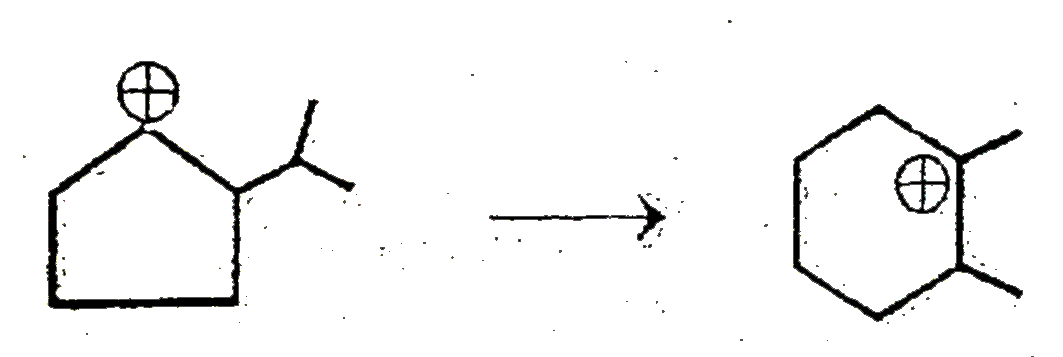 A3B4C2D5
A3B4C2D5 - Question 2 - Select One
Which of the following carbocation can not undergo rearrangement ?
A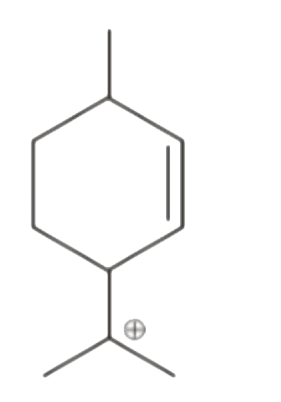 B
B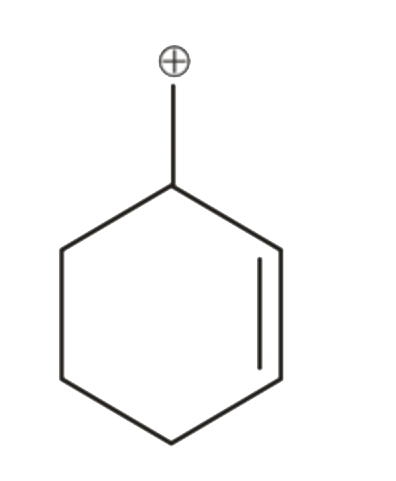 CCH3−⊕C∣CH3−CH−CH3DC6H5−CH−⊕CH2
CCH3−⊕C∣CH3−CH−CH3DC6H5−CH−⊕CH2 - Question 3 - Select One
Which of the following carbocations would not likely rearrange to more stable carbocation ?
A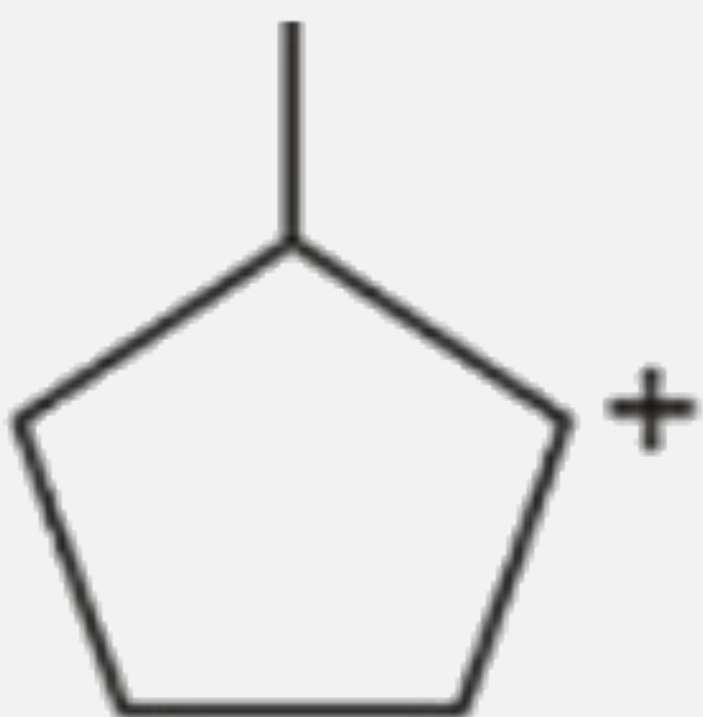 B
B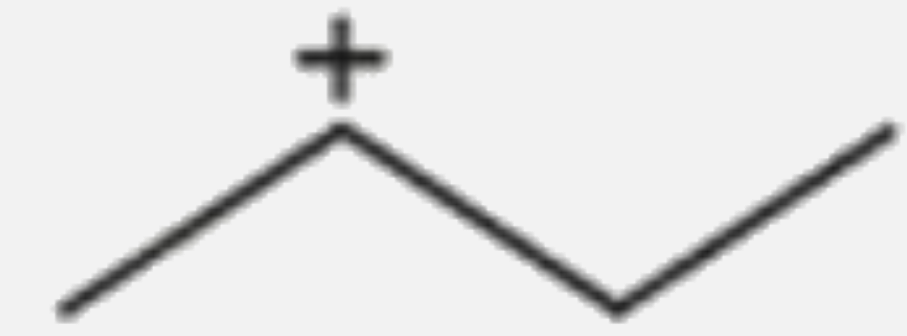 C
C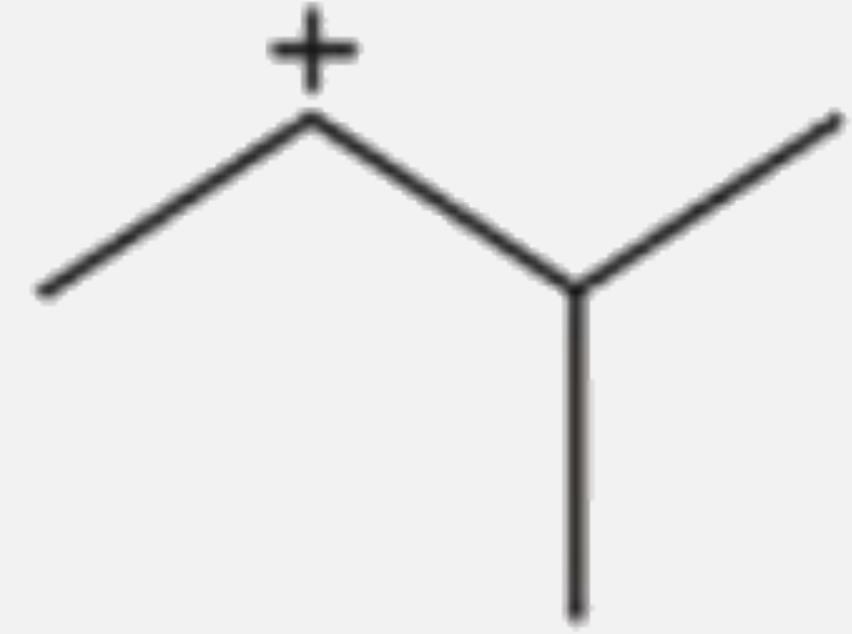 Dnone of these
Dnone of these
The less stable carbocation rearranges to more stable carbocation ion. During this rearrangement, the migrating atom or group leaves as a
View SolutionWhich of the following in the rearranged in the rearranged more stable carbocation of the given species?
 View Solution
View SolutionDi-tert-glycols rearrange in the presence of acid to give α-trtiary ketones. The trivial name of the simplest glycol of this type is pinacol, and this type of reaction therefore is named pinacol rearrangement (in this specific case, the reaction is called a pinacol-pinacolone rearrangement). The rearrangement involves 4 steps. one of the hydroxyl group is protonated in the first step. A molecule of water is eliminated in the second step and a tertiary carbocation is formed. the carbocation rearranges in the third step into a more stable carboxonium ion via a [1, 2] rearrangement. In the last step, the carboxonium ion is deprotonated and the product ketone is obtained.


How many products obtained in above reaction ?View SolutionDi-tert-glycols rearrange in the presence of acid to give α-trtiary ketones. The trivial name of the simplest glycol of this type is pinacol, and this type of reaction therefore is named pinacol rearrangement (in this specific case, the reaction is called a pinacol-pinacolone rearrangement). The rearrangement involves 4 steps. one of the hydroxyl group is protonated in the first step. A molecule of water is eliminated in the second step and a tertiary carbocation is formed. the carbocation rearranges in the third step into a more stable carboxonium ion via a [1, 2] rearrangement. In the last step, the carboxonium ion is deprotonated and the product ketone is obtained.


Product 'P' is :View SolutionDi-tert-glycols rearrange in the presence of acid to give α-trtiary ketones. The trivial name of the simplest glycol of this type is pinacol, and this type of reaction therefore is named pinacol rearrangement (in this specific case, the reaction is called a pinacol-pinacolone rearrangement). The rearrangement involves 4 steps. one of the hydroxyl group is protonated in the first step. A molecule of water is eliminated in the second step and a tertiary carbocation is formed. the carbocation rearranges in the third step into a more stable carboxonium ion via a [1, 2] rearrangement. In the last step, the carboxonium ion is deprotonated and the product ketone is obtained.

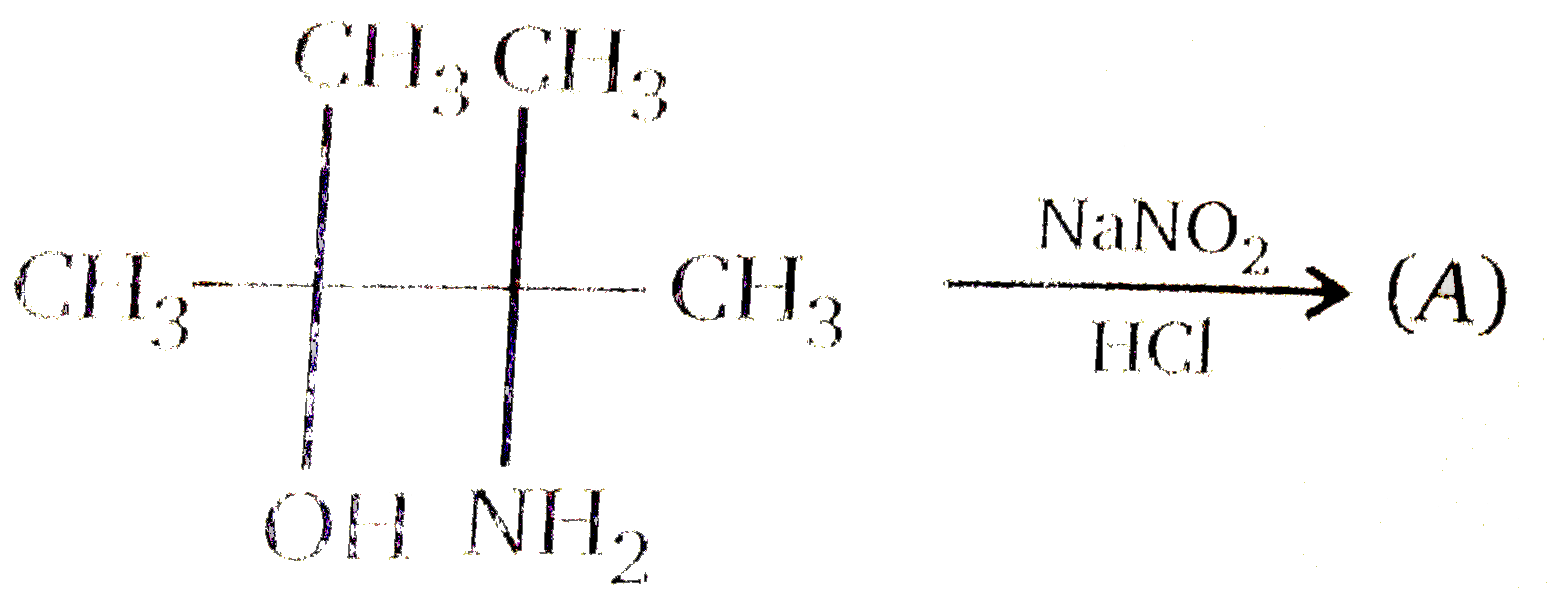
Product (A) is :View Solution


